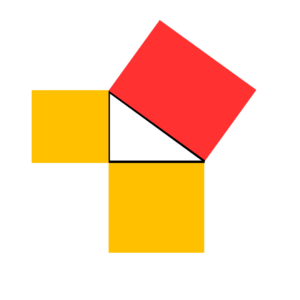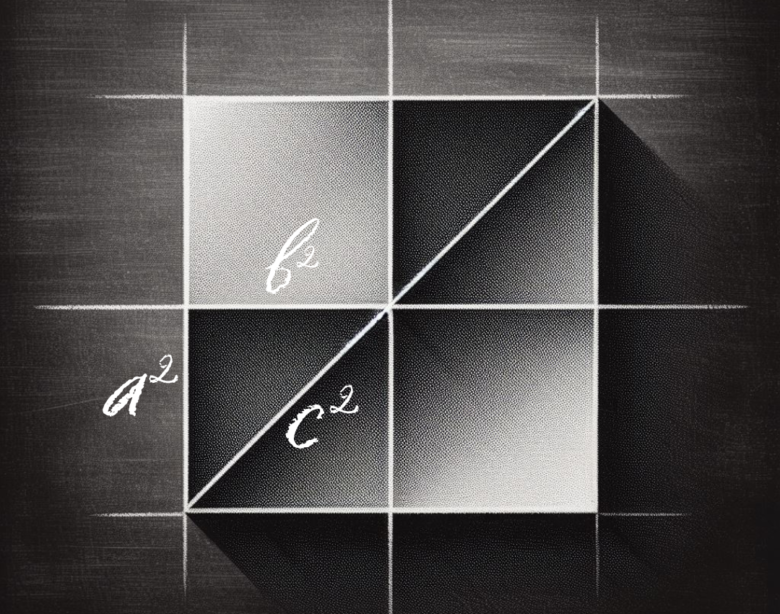

The Pythagorean Theorem, a fundamental principle in geometry, has stood the test of time as one of the most celebrated and utilized mathematical concepts. Named after the ancient Greek mathematician Pythagoras, this theorem continues to captivate minds and find applications in diverse fields.
At its core, the Pythagorean Theorem relates to the three sides of a right-angled triangle. It states that in such a triangle, the square of the length of the hypotenuse (the side opposite the right angle) is equal to the sum of the squares of the lengths of the other two sides. Mathematically, it can be expressed as a\raisebox + b\raisebox = c\raisebox , where c is the length of the hypotenuse, and a and b are the lengths of the other two sides.
The origin of the Pythagorean Theorem is intertwined with the ancient Greek mathematician Pythagoras, who lived around 570–495 BCE. While the theorem itself existed before Pythagoras, he is credited with its formalization and proof. Legend has it that Pythagoras and his followers discovered the theorem while exploring the relationships between the sides of various right-angled triangles.
Proofs of the Pythagorean Theorem
There are more than 300 accepted proofs for the Pythagorean Theorem.
Historical Proofs by Famous Individuals

Conclusion
The Pythagorean Theorem, with its timeless elegance and applicability, remains a cornerstone of geometry. From its ancient origins with Pythagoras to the geometric and algebraic proofs that followed, the theorem has left an indelible mark on the mathematical landscape. As we unravel its mysteries, we gain not only mathematical insights but a profound appreciation for the enduring power of discovery and proof in the world of mathematics.